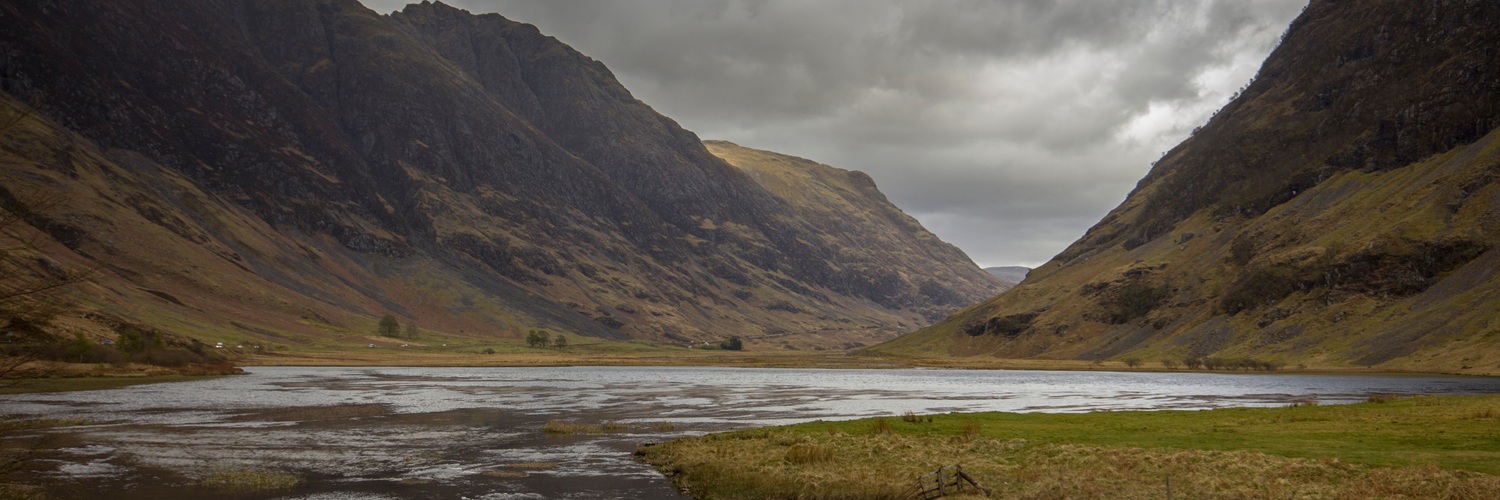When it comes to investing in biodiversity enhancement and restoration, location matters. The geographic proximity of unavoidable impacts and their compensation is a key consideration within regulatory and disclosure frameworks, particularly to avoid the loss and/or displacement of local biodiversity and ecological function. This has led to numerous conversations around the fungibility of both compliance and voluntary credits (where claims can be made or credits can be sold) and how to ensure environmental improvements equivalently compensate for losses. Putting biodiversity within a landscape or ecosystem-scale context can create strategic opportunities to protect priority resources and restore important ecological functions like connectivity. Within compliance markets supporting No Net Loss, Biodiversity Enhancement or Biodiversity Net Gain policies, this involves allowing strategic development of offsite biodiversity enhancements/gains within the landscape (e.g., via habitat banks or in lieu funds), even where there may be a policy preference for onsite compensation.
This hot topic webinar aims to capture some of the emerging discussions around the benefits and challenges of looking offsite for compensation (offset) opportunities along with practical perspectives for how to implement strategic offsite compensation and balance the local nature of impacts with the benefits of coordinated and strategic enhancement. Along with perspectives from Scotland and Wales, this discussion will include perspectives from the US, where the federal permitting program authorizing impacts to wetlands and streams has outlined a clear preference for third-party offsite compensation for nearly two decades, supported by regulations that set clear expectations for equivalency and strategic site selection.
